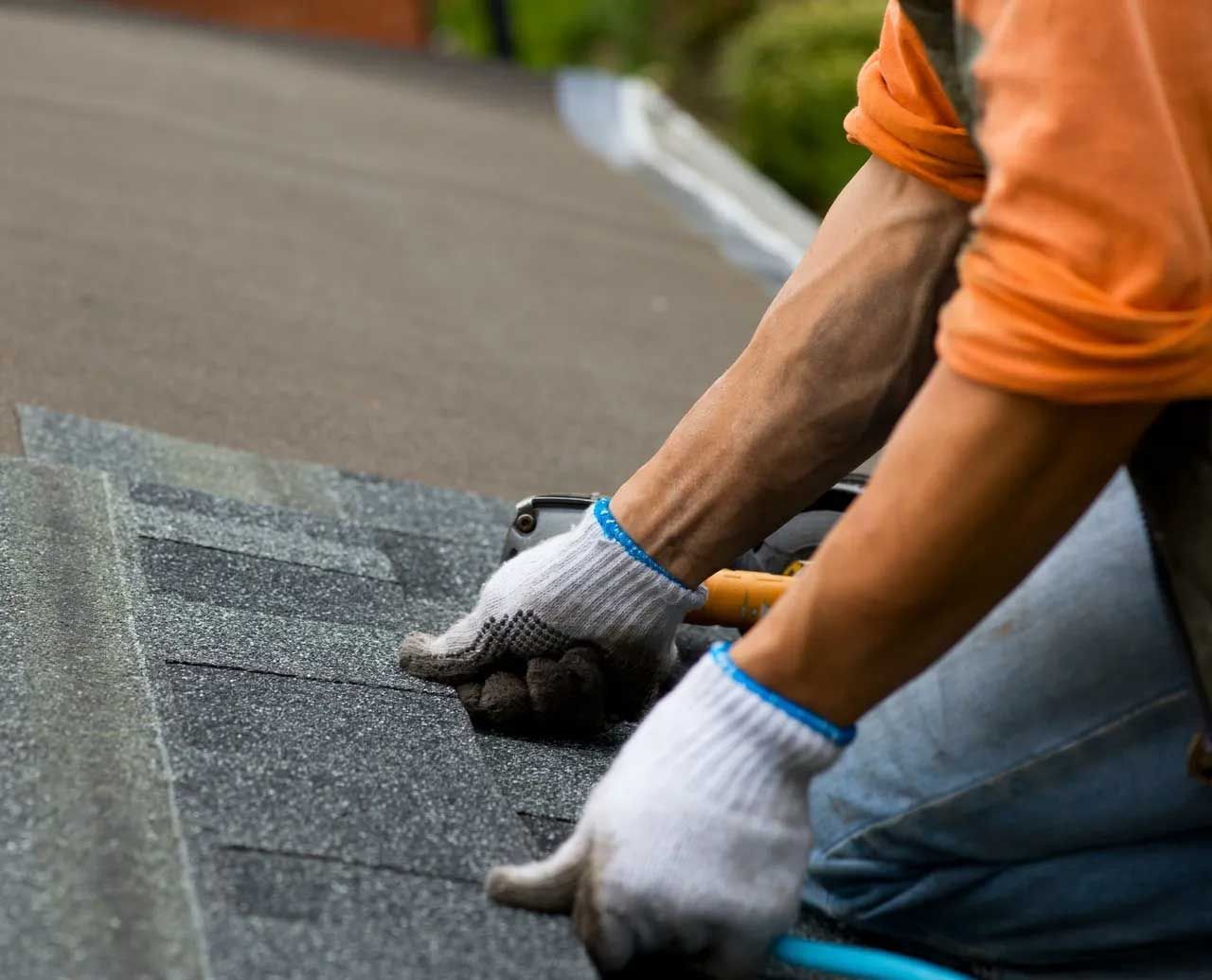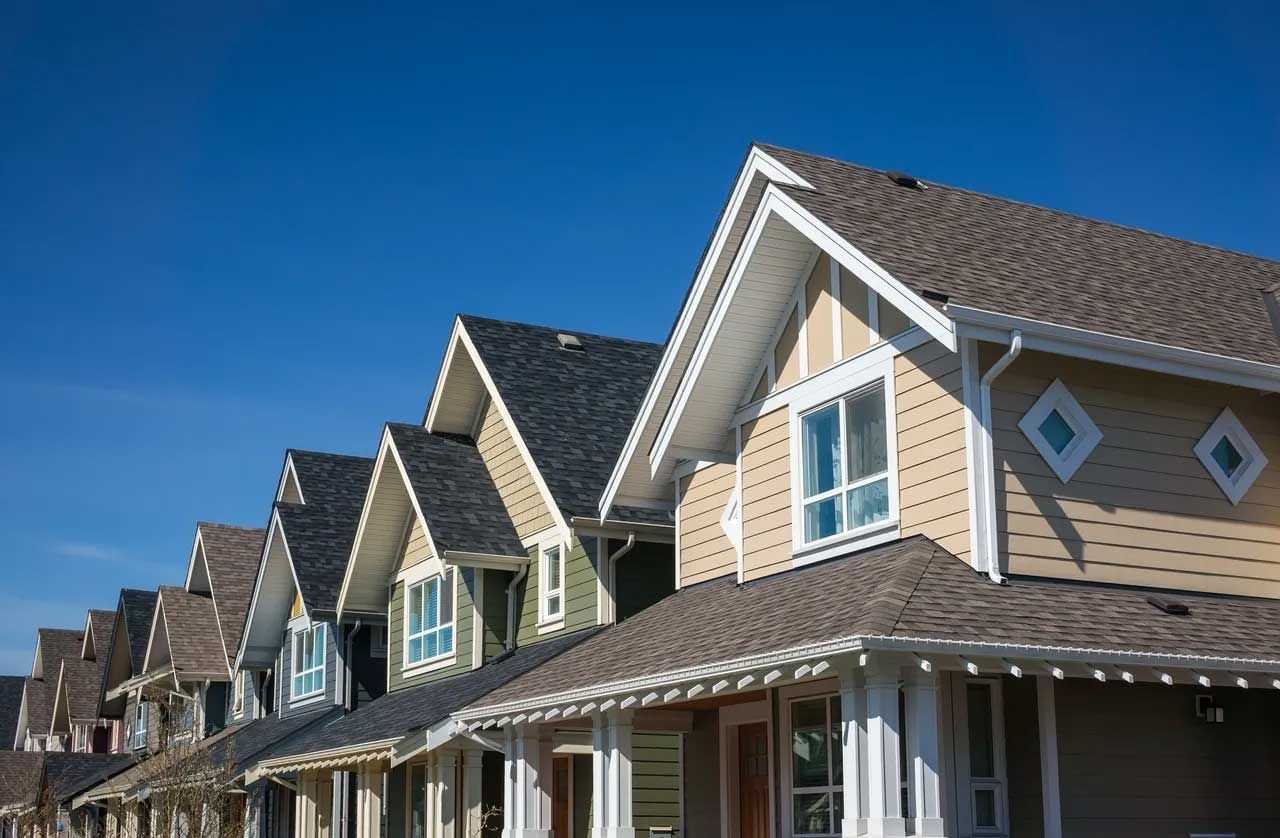When to Replace Your Roof
When to Replace Your Roof

Introduction to Roof Replacement
Your roof is one of the most important components of your home. It provides protection from the elements, keeps your family safe and comfortable, and adds to the overall aesthetic appeal of your property. However, like any other part of your home, your roof will eventually require replacement due to wear and tear over time. Knowing when it's time to replace your roof is crucial to avoid potential damage and costly repairs.
Signs That Indicate the Need for Roof Replacement
- Water Leaks: One of the most obvious signs that your roof needs replacement is the presence of water leaks in your home. If you notice water stains on your ceiling or walls, it could indicate that your roof is no longer able to keep out moisture, and replacement may be necessary.
- Damaged Shingles: Inspect your roof regularly for signs of damaged or missing shingles. Cracked, curling, or buckling shingles are a clear indication that your roof is nearing the end of its lifespan and may need to be replaced soon.
- Age of the Roof: The age of your roof is another important factor to consider when determining whether it needs replacement. Most asphalt shingle roofs last between 20 to 25 years, while other types of roofing materials may have longer or shorter lifespans. If your roof is approaching or has surpassed its expected lifespan, it's time to start thinking about replacement.
Importance of Timely Roof Replacement
Timely roof replacement is essential to avoid serious damage to your home. A compromised roof can lead to water leaks, mold growth, structural damage, and even compromise the safety of your family. By replacing your roof at the right time, you can prevent these issues and ensure the long-term integrity of your home.
Factors to Consider When Replacing a Roof
- Type of Roofing Material: There are various types of roofing materials available, each with its own pros and cons. Consider factors such as durability, cost, and aesthetic appeal when choosing the right material for your roof.
- Climate Considerations: Your local climate should also influence your choice of roofing material. For example, in areas prone to high winds or severe weather, you may want to opt for a more durable roofing material that can withstand harsh conditions.
- Hiring a Professional vs. DIY: While some homeowners may be tempted to tackle roof replacement as a DIY project to save money, it's generally best to hire a professional roofing contractor. A qualified contractor will have the necessary skills, experience, and equipment to ensure that the job is done safely and correctly.
Steps Involved in Roof Replacement Process
- Inspection: The first step in the roof replacement process is to thoroughly inspect the condition of your existing roof. A professional roofer will assess the extent of any damage and determine whether replacement is necessary.
- Cost Estimation: Once the inspection is complete, your contractor will provide you with a detailed cost estimate for the replacement project. This estimate should include the cost of materials, labor, permits, and any additional services required.
- Choosing the Right Contractor: Take the time to research and choose a reputable roofing contractor with a proven track record of quality workmanship and customer satisfaction. Be sure to ask for references and check online reviews before making your decision.
- Permit Acquisition (If Necessary): Depending on your location and the extent of the replacement project, you may need to obtain permits from your local building authority before work can begin. Your contractor should handle this process on your behalf.
- Installation Process: Once all necessary permits have been obtained, the installation process can begin. This typically involves removing the old roofing materials, repairing any underlying damage, and installing the new roof according to manufacturer specifications.
- Clean-Up and Post-Installation Inspection: After the new roof has been installed, your contractor should thoroughly clean up the work area and conduct a final inspection to ensure that everything has been completed to your satisfaction.
Benefits of Replacing Your Roof
- Enhanced Safety: A new roof will provide improved protection for your home and family against the elements, reducing the risk of water damage, mold growth, and structural issues.
- Improved Energy Efficiency: Modern roofing materials are designed to be more energy-efficient, helping to reduce heating and cooling costs and create a more comfortable indoor environment.
- Increased Property Value: A new roof can significantly enhance the curb appeal and value of your home, making it more attractive to potential buyers if you decide to sell in the future.
Conclusion
Knowing when to replace your roof is essential for maintaining the integrity and safety of your home. By keeping an eye out for signs of damage, considering important factors such as roofing material and climate, and hiring a professional contractor to handle the replacement process, you can ensure that your home remains protected for years to come.
Unique FAQs:
- How often should I inspect my roof for signs of damage? It's recommended to inspect your roof at least twice a year, ideally in the spring and fall, to catch any potential issues before they escalate.
- Can I install a new roof over my existing one? While it's possible in some cases, it's generally not recommended as it can void warranties and lead to future problems. It's best to consult with a professional roofer to assess your specific situation.
- How long does the roof replacement process typically take? The duration of the roof replacement process can vary depending on factors such as the size of your roof, the extent of damage, and weather conditions. On average, it can take anywhere from a few days to a couple of weeks to complete.
- What are the most common types of roofing materials? Asphalt shingles are the most popular choice for residential roofing due to their affordability and durability. Other common options include metal, wood, tile, and slate.
- Is roof replacement covered by homeowners insurance? In some cases, roof replacement may be covered by homeowners insurance if the damage is caused by a covered peril such as a storm or fire. However, coverage can vary depending on your policy and deductible.
I will always place the mission first. I will never accept defeat. I will never quit. I will never leave a fallen comrade. - Warriors Ethos
WEB DESIGN BY HEARST MEDIA SERVICES, ALL RIGHTS RESERVED | SITEMAP
3408 S Orange Ave
Orlando, FL 32806
2770 Recker Highway
Winter Haven, FL 33880
Hours of Operation
M-F 8am to 5pm
Sat 8am - Noon
Sunday Closed
Contact Us
We will get back to you as soon as possible.
Please try again later.


